Phototherapy
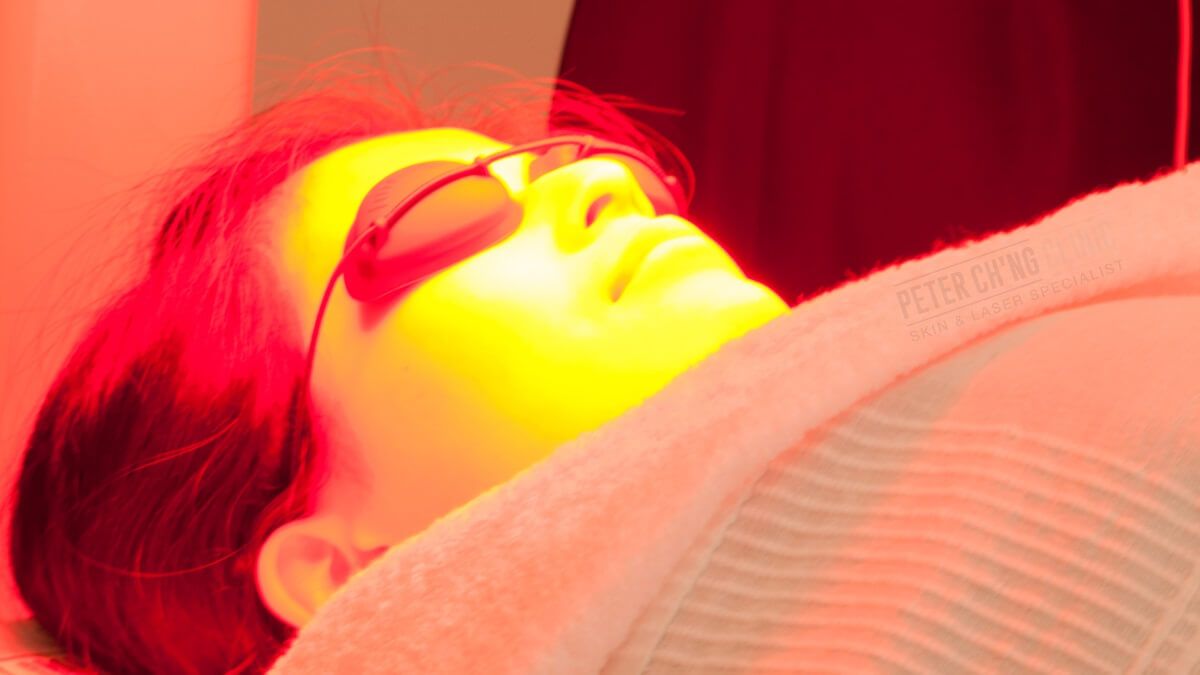
What is phototherapy?
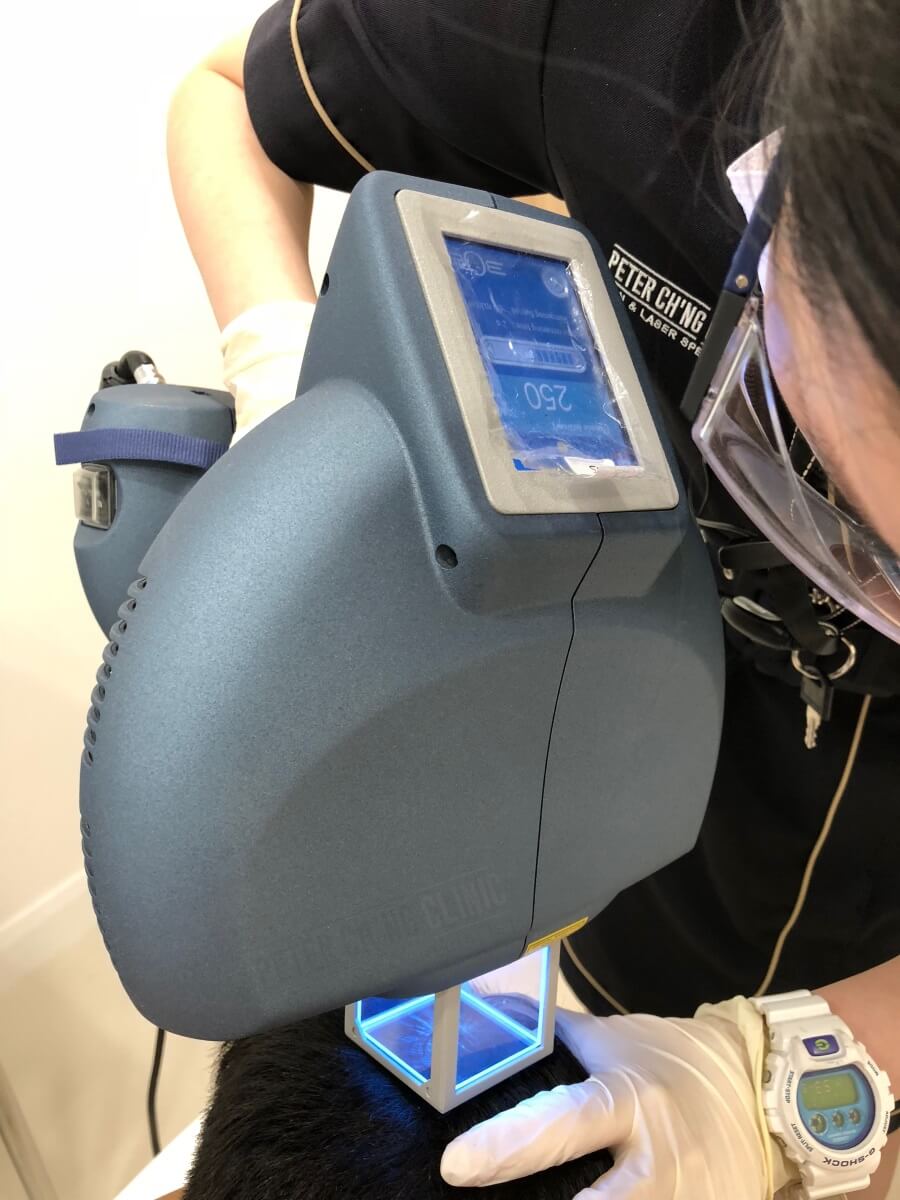
Phototherapy is a treatment which uses the photo, which is light, to treat certain skin conditions.
For example, with 308 nanometers wavelength, an Excimer Light phototherapy can help to treat conditions like psoriasis and vitiligo.
How we do phototherapy
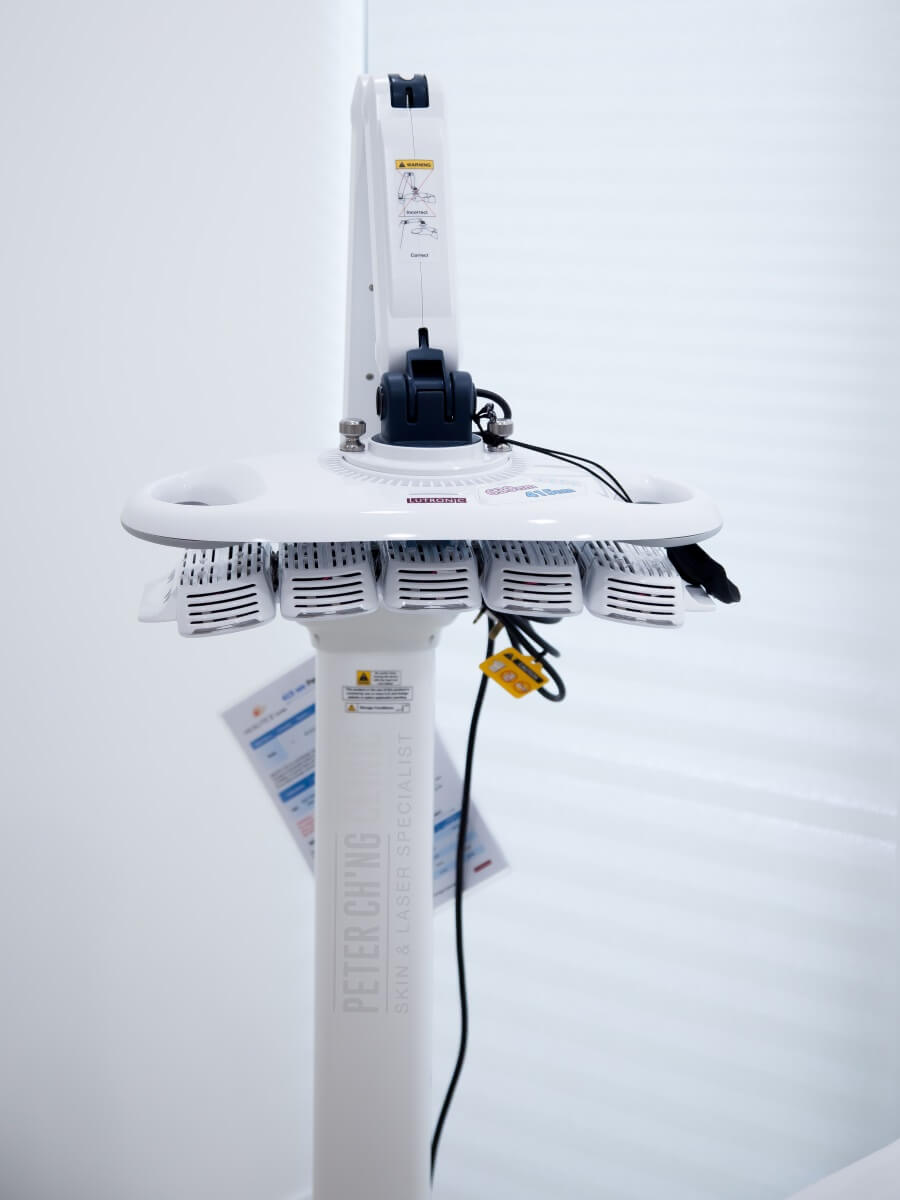
According to Dr Peter Ch'ng, our dermatologist, phototherapy has to be repeated at least 2 times per week, and best if 3 times per week for it to be effective.
During the treatment, we shine the phototherapy light on each treatment spot, and it only takes a few seconds for each spot, so the procedure is quick and painless.
There may be some redness over the treatment area after the procedure, but these normally go away within a week.
What to watch out for
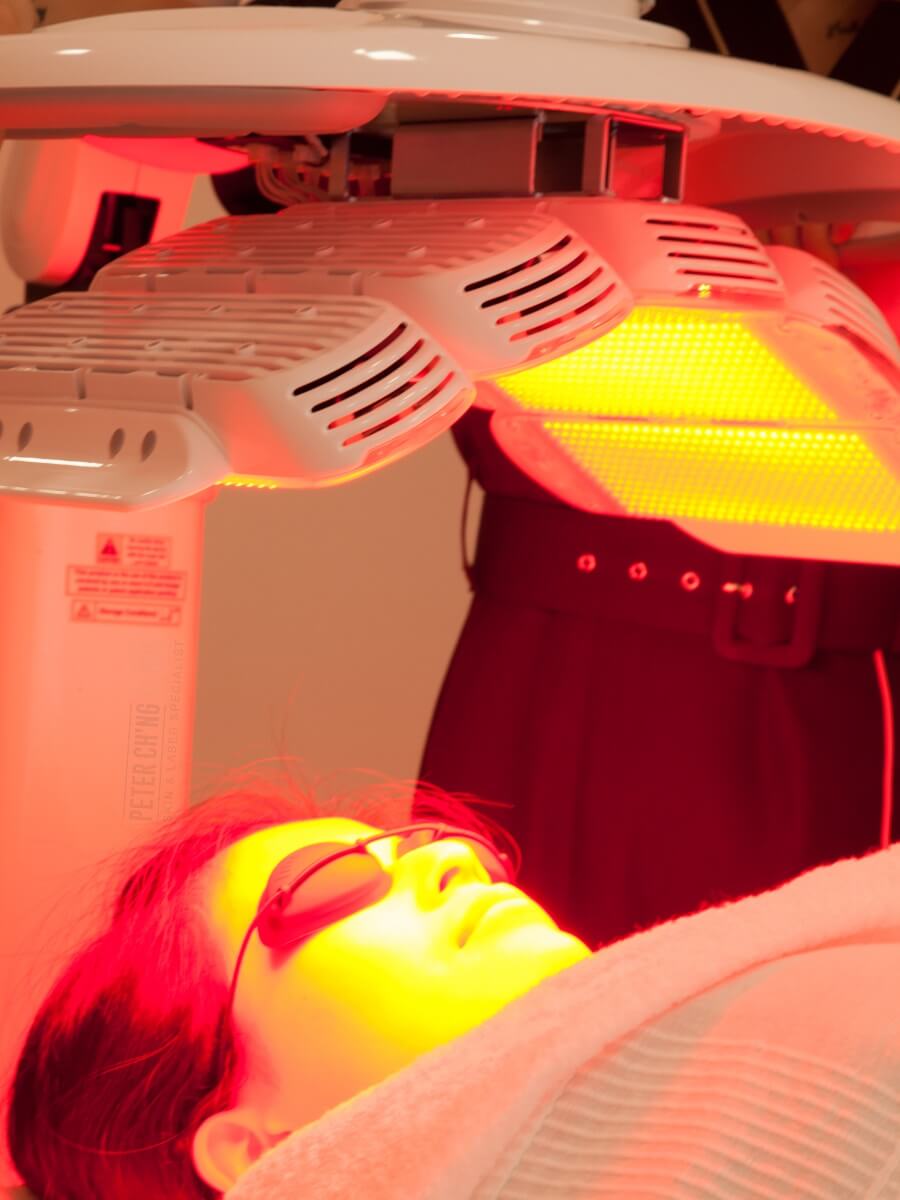
As the treatment goes on, the energy of the phototherapy may be gradually increased for an effective treatment.
However, if the energy setting is too high, it may cause a burning of the skin or every severe blisters and calluses.
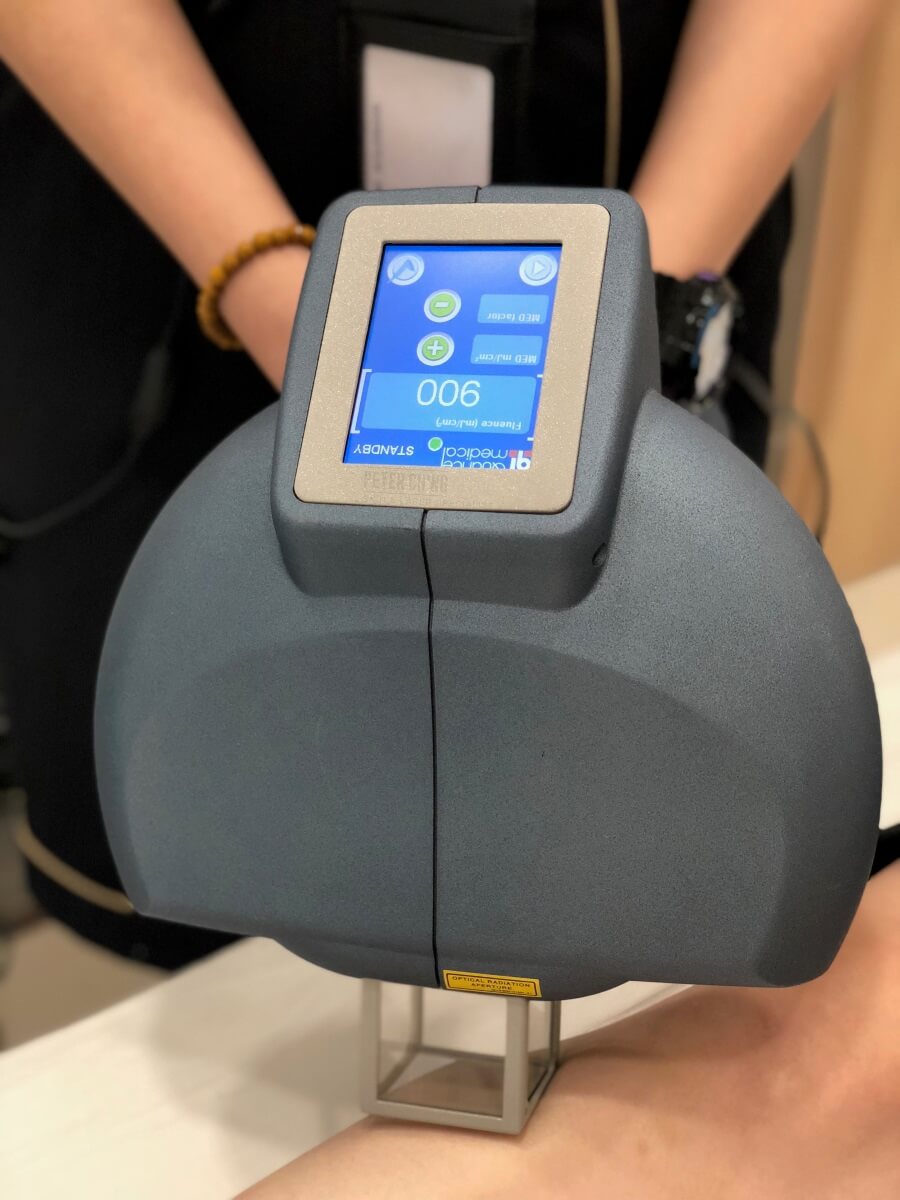
This is why phototherapy should only be handled by a verified professional and an experienced skin specialist.
The initial dose of light energy during phototherapy must be adjusted based on the patient's skin type the certain tests that we do here at the clinic.
To enquire more about Phototherapy, contact us or book an appointment here!
This treatment can treat the following conditions:
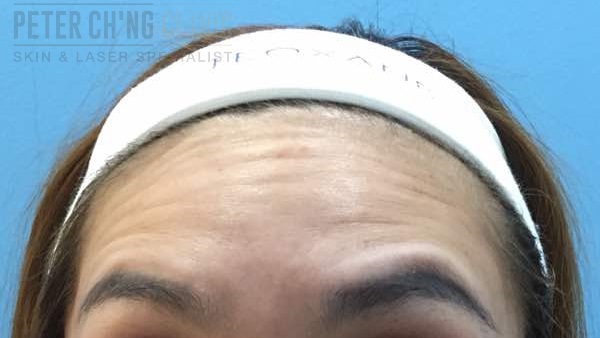
Wrinkles
Wrinkles are caused by the loss of moisture and the decreasing collagen production in our skin as we age. It is a natural aging sign but can be treated with the right treatments.
Uneven Skin Tone and Dull Skin
Sometimes, our skin can have patches or parts with different colour tones due to exposure to harmful UV rays, smoking, stress or hormonal changes. Dull skin can be a result of pigmentation or skin damages due to sun exposure too.

Hair Loss
Hair loss is a common problem for both men and women, and can be caused by aging, genetics, diet, hormones, or skin infections and medications. However, there are indeed treatments for hair loss. And unlike any treatments, dermatological treatments give you safe and effective solutions.

Vitiligo
Unlike other skin conditions, vitiligo is the depigmentation of the skin - there are no pigments, so we are left with pale, white skin. Vitiligo is an autoimmune disease. This means that our own immune system, for some reasons, killed our own pigment cells in our skin. How to treat vitiligo depends on the severity and the skin area where vitiligo is present.
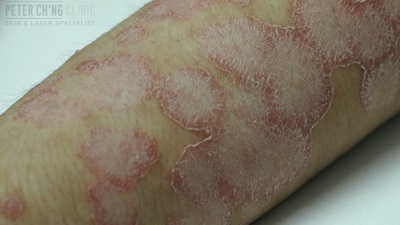
Psoriasis
In a normal skin, superficial skin is being shed off as fast as the new ones are forming. In psoriasis, the new cells grow too fast and that is why the skin is thick and scaly. Psoriasis is a skin condition whereby the immune system sends wrong signals to the cells to grow. Some patients may have family history of psoriasis.
Related treatments and services:
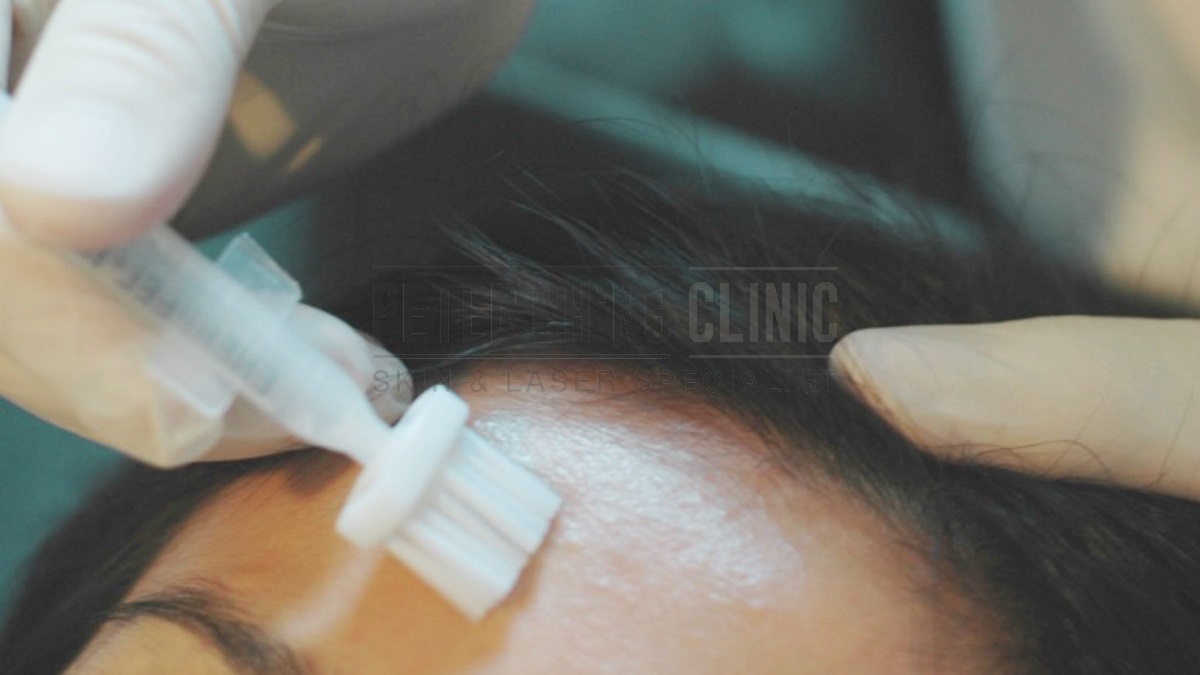
Chemical Peel
Chemical peels are acids that are applied on the skin to cause the skin to peel. This process stimulates the skin cells to regenerate faster and thus fastening the process of skin healing.
Filler / BOTOX Injection
Fillers like hyaluronic acid filler can be used to fill in the spaces in the skin where fat had been lost (the cause of the skin to sag) and volumize the skin to make it tight.
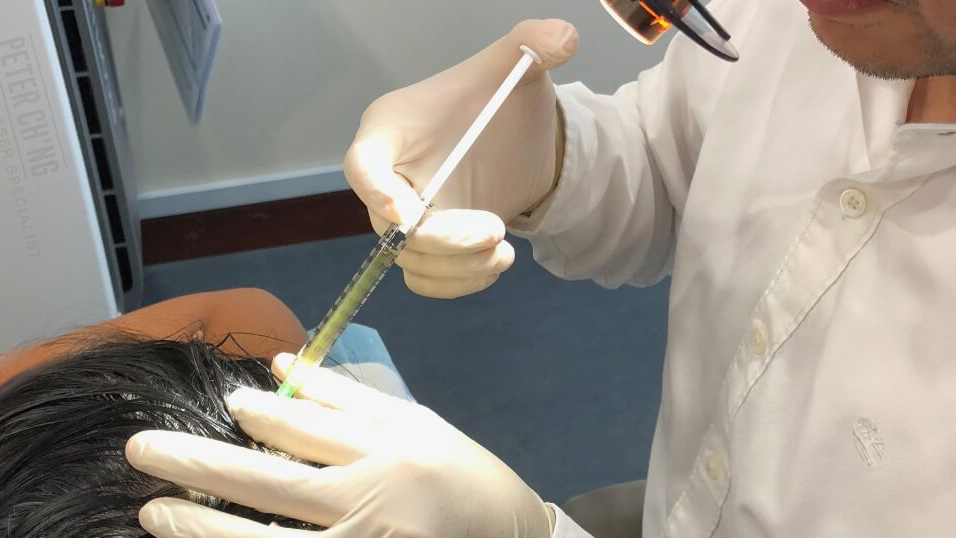
Platelet Rich Plasma (PRP)
Platelet Rich Plasma contains growth factor that is able to stimulate growth of collagen and healthy skin cells. It can be used to rejuvenate the skin, treat scars as well as hair loss.
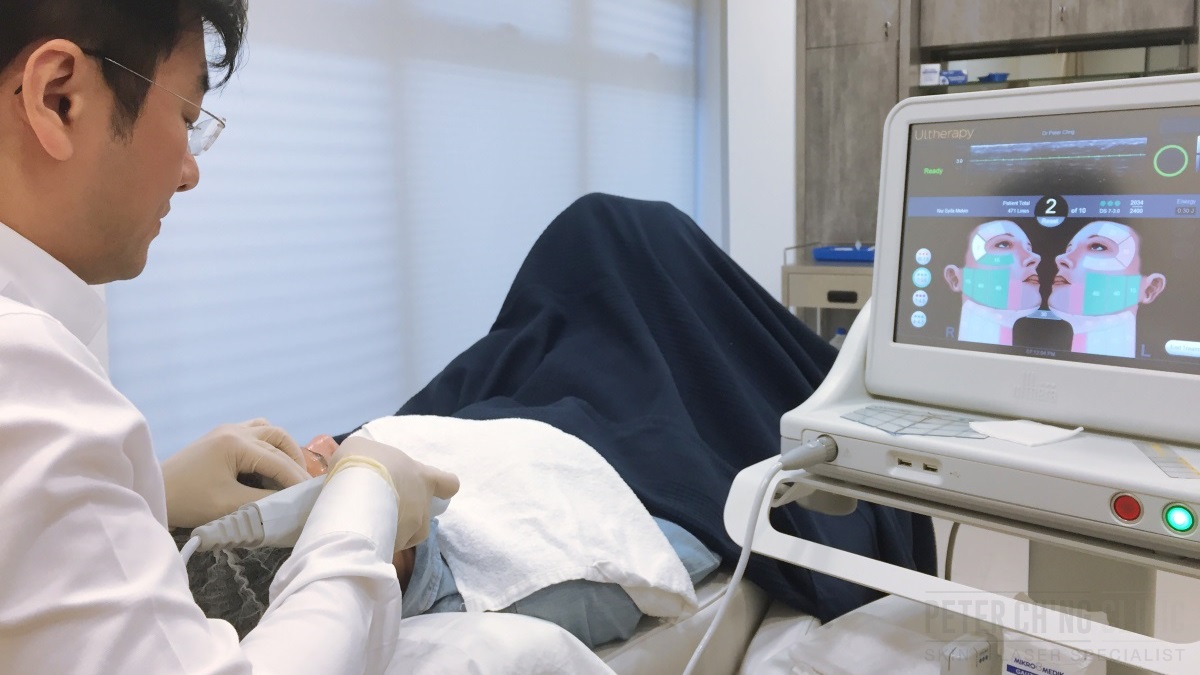
Ultherapy
Ultherapy is a medical treatment that uses HIFU (High Intensity Focused Ultrasound)to detect areas where sagging skin is present and lift the skin to tighten it without any invasive surgery.
